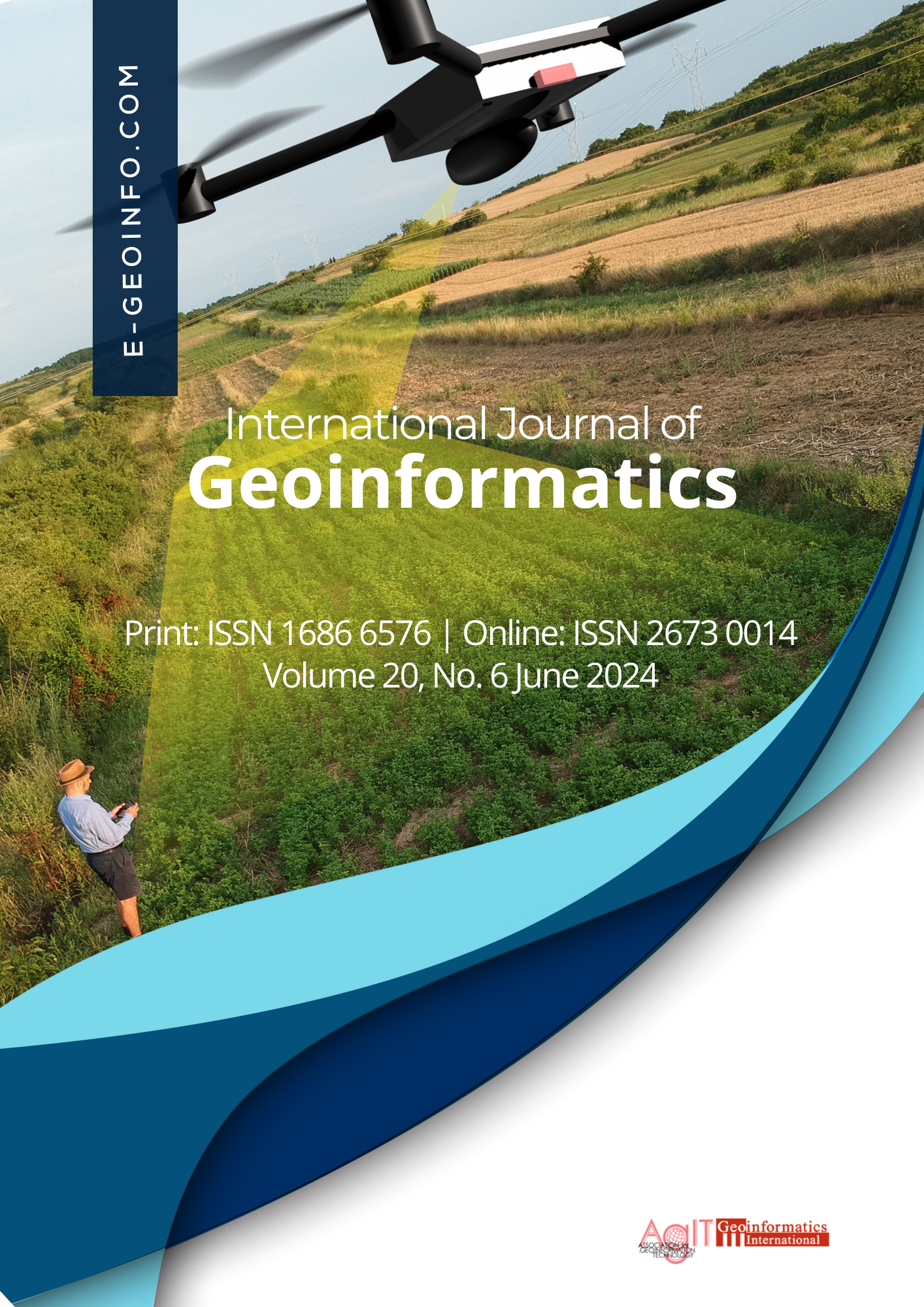Quantifying Urban Expansion in Small Cities: A Case Study of the Al-Qassim Region, Saudi Arabia
Main Article Content
Abstract
Urban expansion in developing countries has proven to be a controversial topic among scholars and researchers. This study aimed to measure spatiotemporal patterns of urban expansion in three cities in Al-Qassim Province: Unaizah, Ar Rass, and Al Mithnab. The research employed various methods used in urban expansion analysis and measurement. Four satellite images from 2013 to 2023 were used to monitor changes in urban expansion using the support vector machine algorithm in geographic information systems, considered an essential and standard technique for understanding and measuring urban land use patterns. Land use classifications (urban land, non-urban land, and agricultural land) were extracted using this method. The study used three methodological approaches to help measure urban expansion: the urban expansion intensity index, the Shannon entropy index, and landscape metrics. The study found that all three measures can contribute to detecting different patterns of urban expansion. Therefore, the results are as follows: First, the three study cities experienced urban expansion based on the increase in the urban expansion intensity index, with their development rate ranging from moderate to high speed. Second, the study revealed that the Shannon entropy index for expansion exhibits a highly compressed development distribution. Third, the results of the landscape metrics measurements using the FRAGSTATS program indicate that urban expansion generally exhibits an irregular distribution. The study emphasizes the necessity of considering environmental, social, economic, and cultural factors, as this significantly improves the understanding of relationships between causes, characteristics, and changes resulting from urban expansion in cities.
Article Details

This work is licensed under a Creative Commons Attribution 4.0 International License.
Reusers are allowed to copy, distribute, and display or perform the material in public. Adaptations may be made and distributed.

